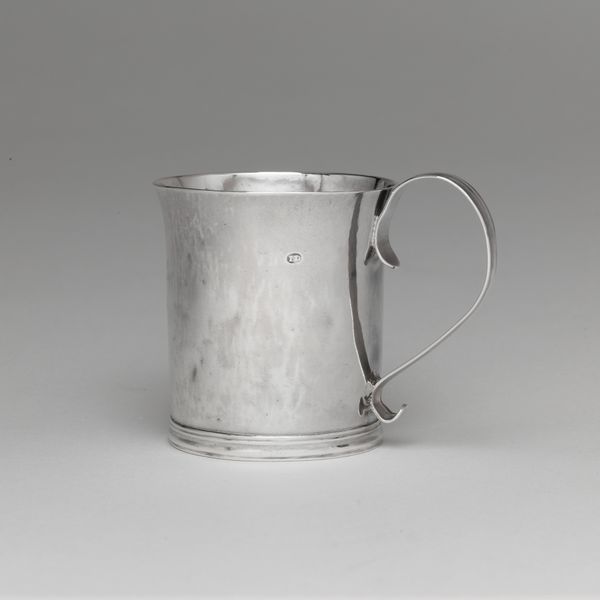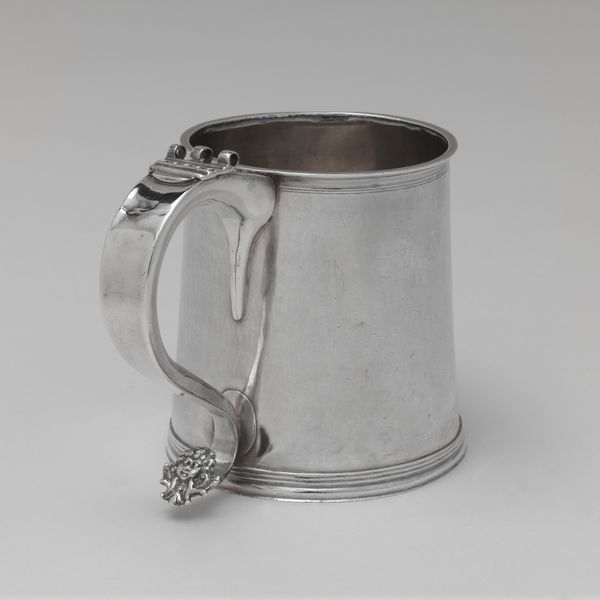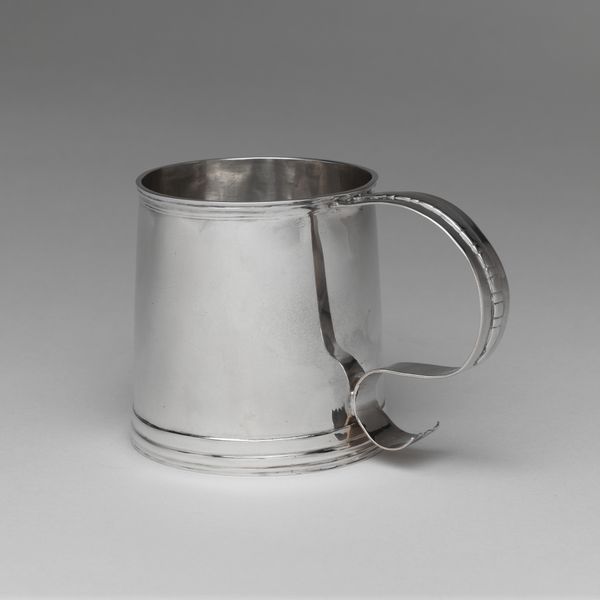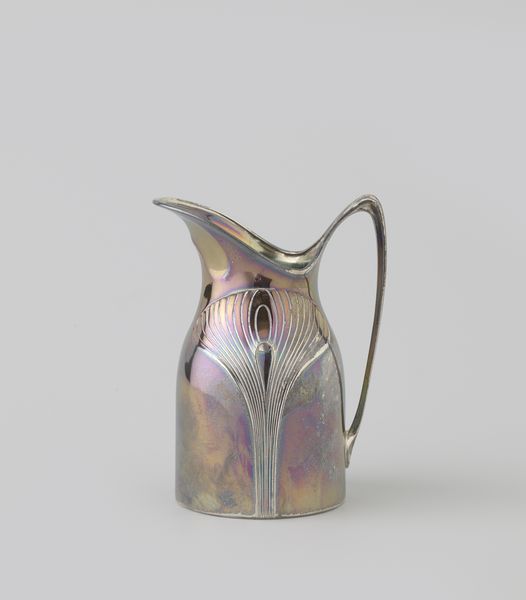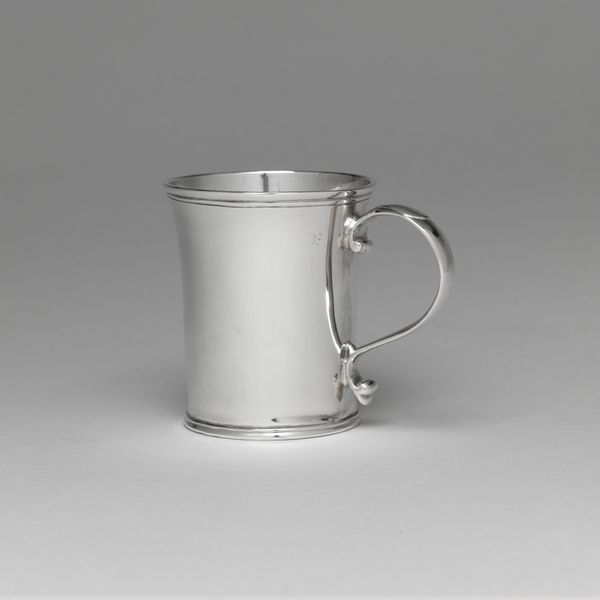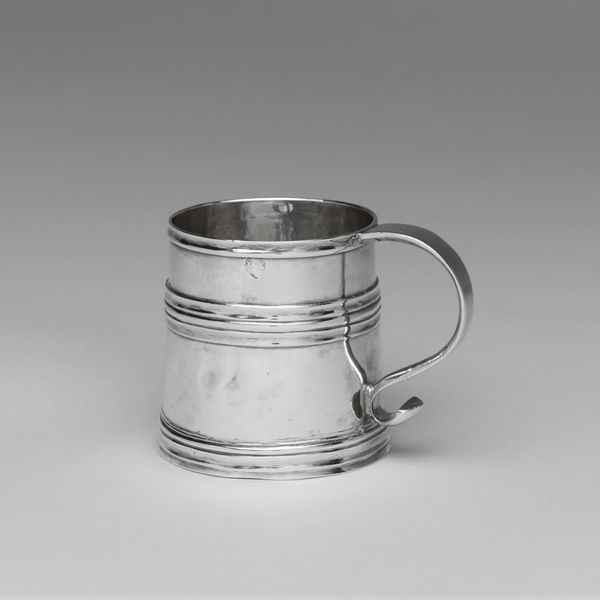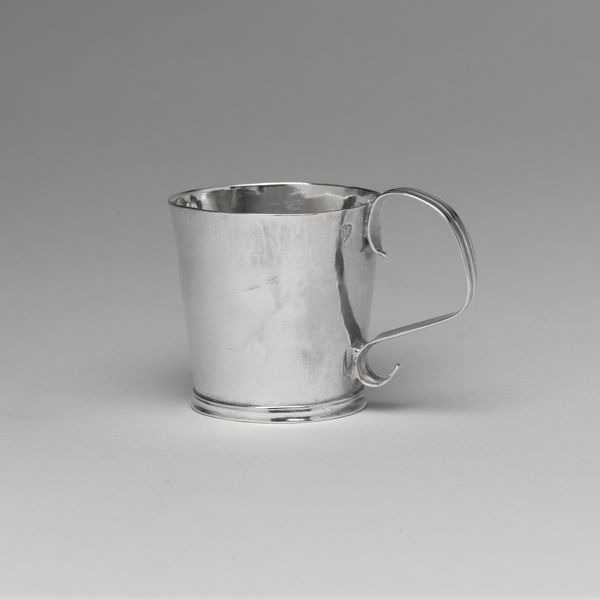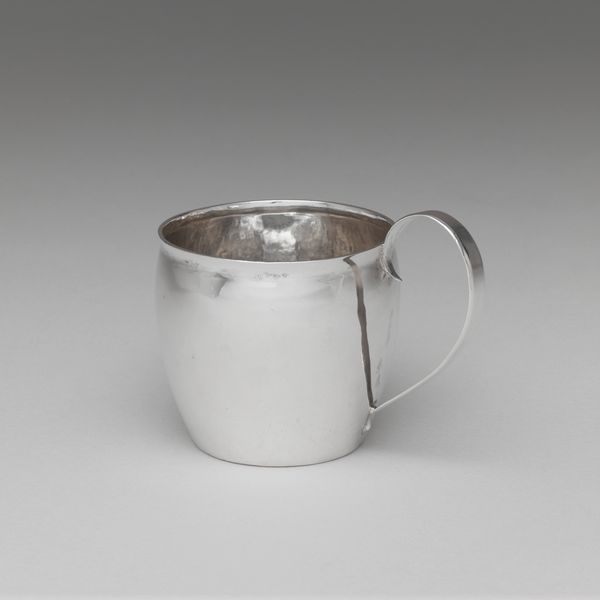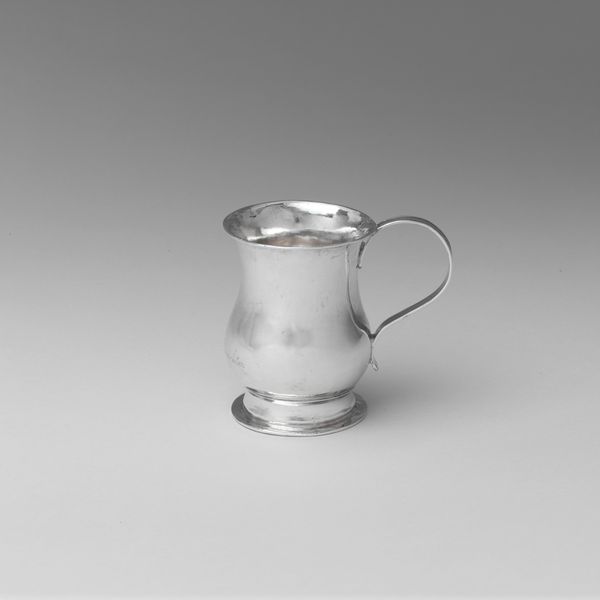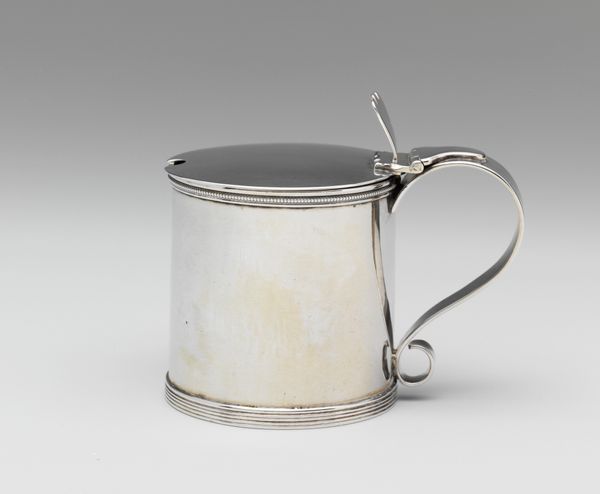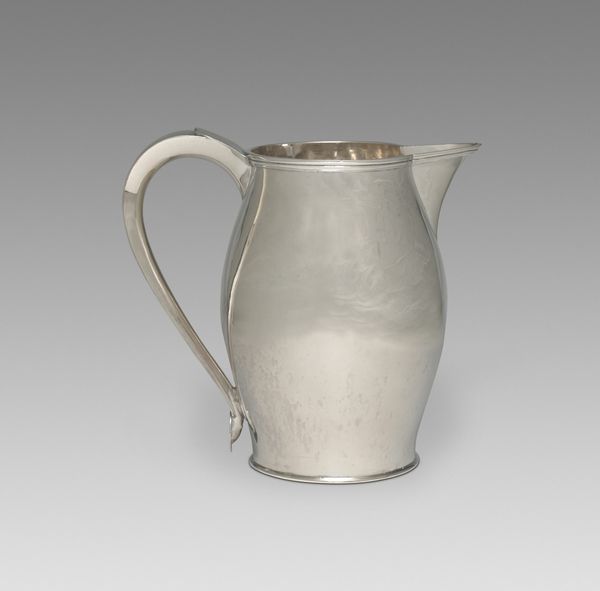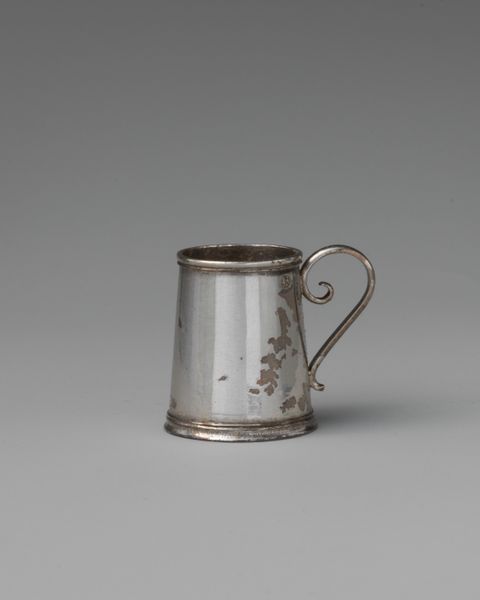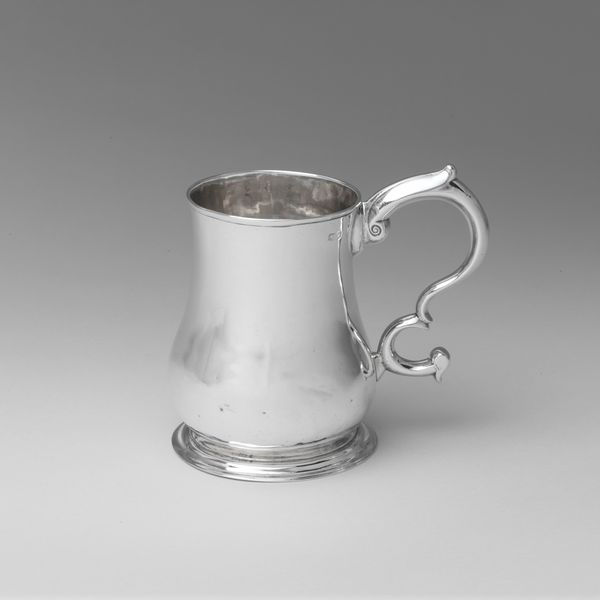
metal
#
art-nouveau
#
fish
#
metal
#
united-states
#
decorative-art
Dimensions: 4 in. (10.2 cm)
Copyright: Public Domain
Editor: Here we have a metal creamer from Tiffany & Co., dating back to 1880. It’s incredibly detailed; I love how the hammered texture gives it a handcrafted feel, but the stylized fish gives it such an elegant lift. How does this piece fit into the broader context of American decorative arts? Curator: This creamer speaks volumes about the evolving landscape of American design in the late 19th century. Tiffany's embrace of the Art Nouveau style, blending nature-inspired motifs with innovative metalworking, mirrored a growing desire among American elites for sophisticated, handcrafted goods. The fish design suggests an influence from Japanese art, reflecting America’s increasing engagement with global cultures and trade. What does this object tell us about the evolving tastes of those who used such things? Editor: So, it’s more than just a creamer, it’s a status symbol? It reflects an elevated status and cultural awareness of the consumer? Curator: Precisely! Consider also the rise of institutions like the Metropolitan Museum of Art, where this piece is now housed. These institutions shaped public taste and legitimized decorative arts as worthy of artistic appreciation. Pieces like this creamer highlight how wealthy families expressed status, taste, and what was ‘acceptable.’ Do you see a reflection of those political structures? Editor: Yes! You know, I hadn't really considered that objects like these could reflect socio-political influences. I was so focused on its functionality, materiality, and aesthetic value that the story it tells about culture was invisible to me! Thanks for that. Curator: And I think seeing its pure aesthetic qualities, apart from its historical context, is very helpful too. It takes both kinds of observation to form a rich interpretation.
Comments
No comments
Be the first to comment and join the conversation on the ultimate creative platform.
